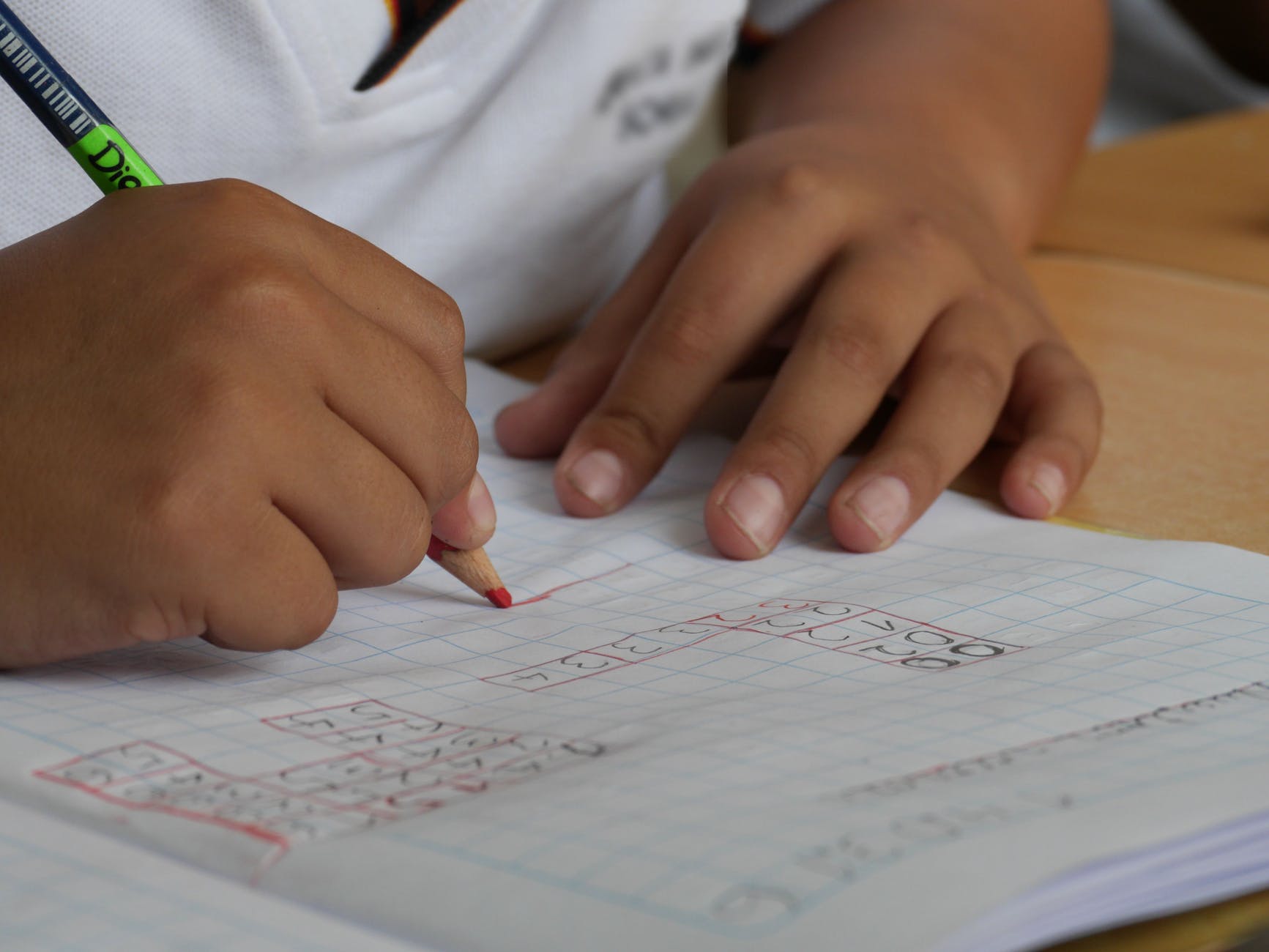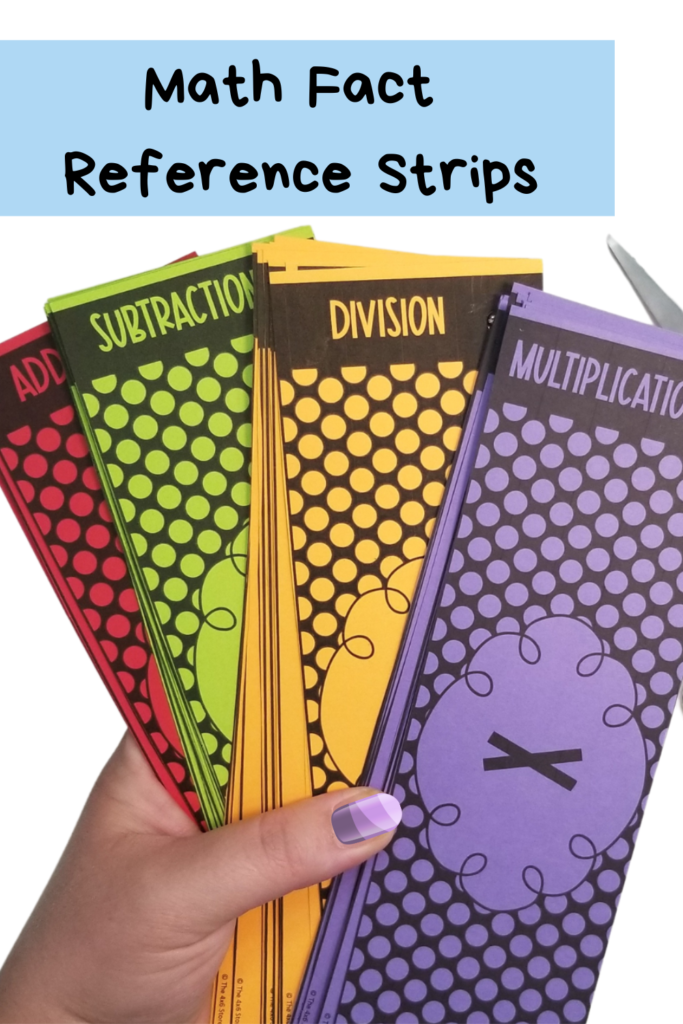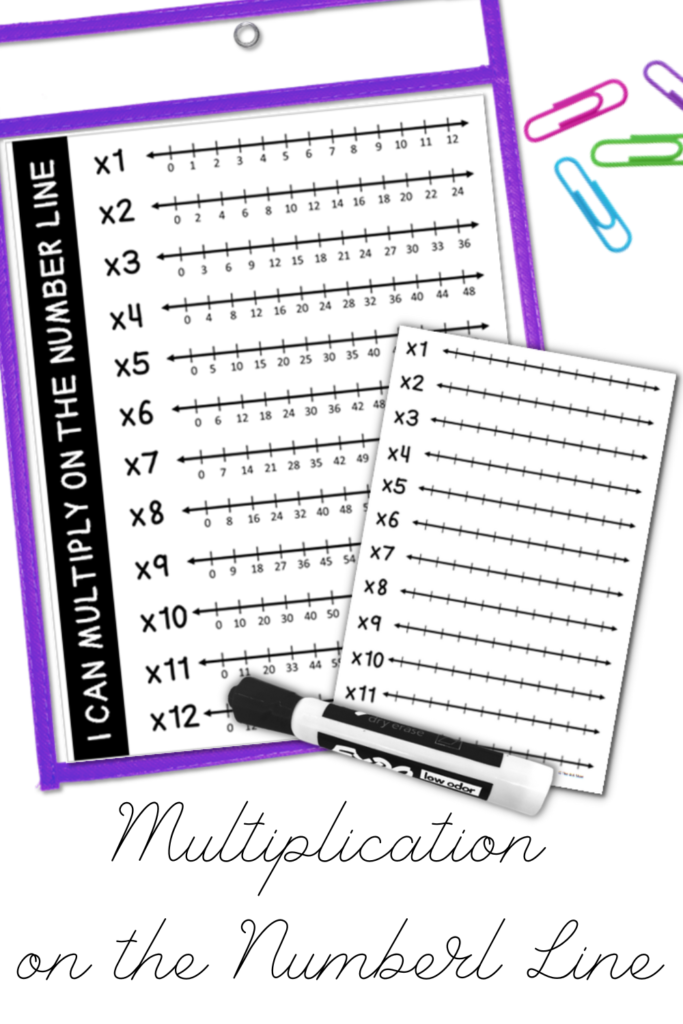Helping Students with Math Anxiety
Math Anxiety
Hands up if you have ever experienced math anxiety. ( I see you! …And if you could see me, you would see my hand up high in the air! Statistics flat out made me cry.) Today, I would like to discuss helping students with math anxiety – particularly elementary aged students.
Math anxiety is a real thing that affects many people. Almost everyone at one point in time has experienced some level of math anxiety. But when does long-term math anxiety begin? And how can we help reduce math anxiety for our learners?
Math anxiety begins at a young age – as young as 5.. According to one researcher, nearly 50% of first and second graders reported having moderate to severe “nervousness” around taking math assessments. By college, 25% of students report having high levels of math anxiety that impacts their academic performance. Additionally, it was reported that teachers with math anxiety affects the achievement of their students! (No pressure, right?!)
How to Help Learners with Math Anxiety
In my research to help find strategies for easing math anxiety, I have found common themes and suggestions:

- Provide a comfortable environment for learners
- Encourage your learner to ask questions
- Practice “wait time” after asking learners math related questions
- When possible, focus on rewarding mastering concepts, not rewarding recall speed (like timed tests)
- Read books about math
- Encourage learners to talk positively about math and everyone’s ability to do math
- Model positive talk about math yourself while teaching and engaging with your learner
- Help your learner find a method that works for them
- Inventory your learner’s previous math knowledge to make sure that there are not gaps in their knowledge base causing more anxiety
A Story about “James”
I would like to share an example of a student I worked with who exhibited extreme math anxiety. He was a second grade student, let’s call him James, who also had learning disabilities that made math particularly difficult for him.
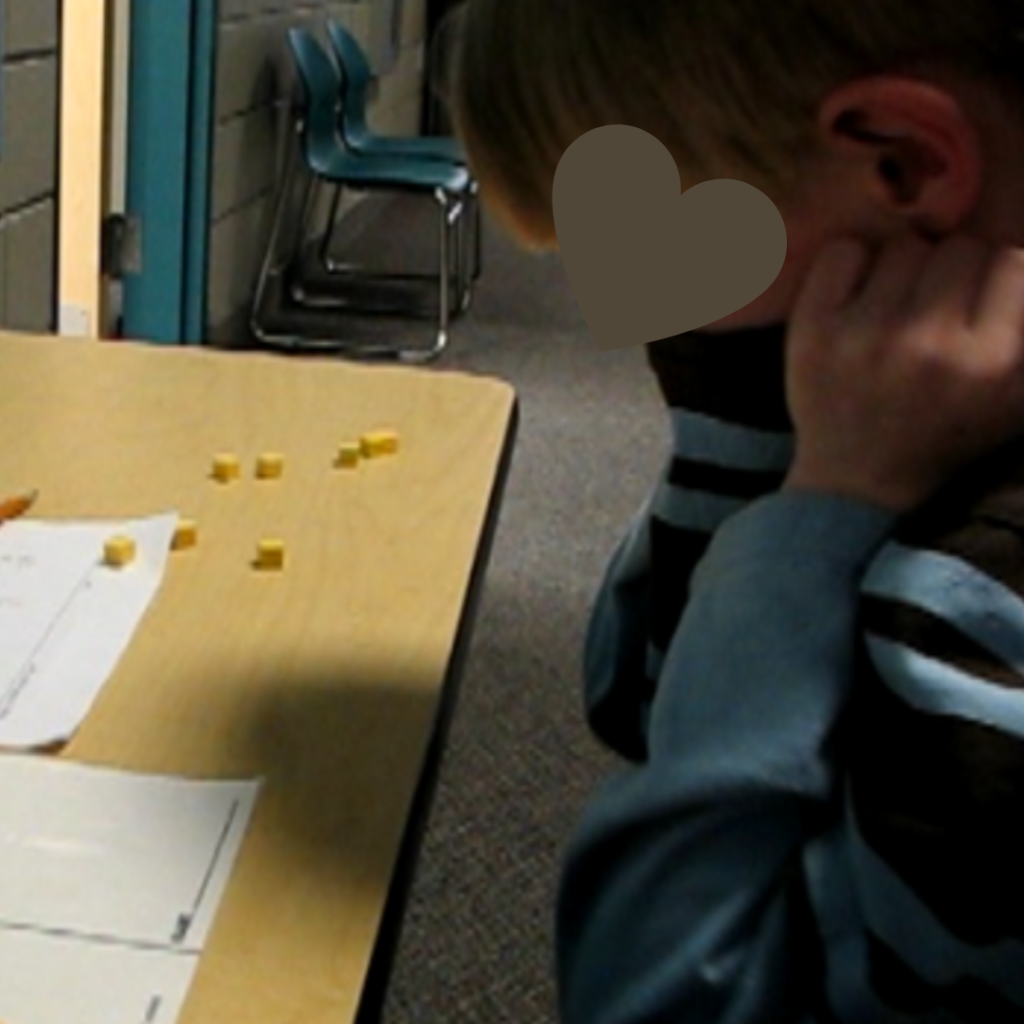
James’s anxiety was physically apparent in the way he acted during math instruction. My job at the time was to pull James out into the hallway during whole-group math instruction to work with him one-on-one. We were working together on addition with regrouping. I had tried multiple strategies with base 10 blocks and unit cubes to help him understand regrouping.
In time, I noticed he would become stressed out when the manipulatives came out. His anxiety associated with those manipulatives grew to the point he would hide his face in his shirt – and I knew I needed to find a different approach.
It happened to be October – when the candy aisles were filled with candy. I had a stroke of brilliance and bought a Fun-Size bag of Snickers with a matching King Sized bars.
For the next week, the math manipulatives were out and candy was in. All of our counting, adding, and regrouping was done with Snickers on a ones and tens mat. We practiced numerous addition problems exchanging ten fun-sized Snickers for a full-sized bar.
James understood candy. He knew that when he had 10 mini-Snickers, he got to trade it for ‘the big one.’ I then introduced adding base ten manipulatives on top of the candy bars to show how the two correlated.
James eventually was not so afraid of the base 10 blocks. His anxiety levels were noticeably lower when non-traditional math manipulatives were used, however he still had to learn how to use and do math with base 10 blocks. When he felt confident with the concepts, he felt more confident with the manipulatives. Being confident with one skill also led to increased confidence with other math skills.
Take Away
As parents and educators, we have the power to influence our learners and their attitudes towards math. It is a big responsibility that begins with how we ourselves perceive and handle our own math anxieties.
Speaking positively about math helps students (and ourselves) to develop a growth mindset. Focusing on a growth mindset that “I can’t do this… yet” helps learners feel more confident where they are. When they feel more confident where they are, they will feel more empowered to keep moving forward.
Learners who experience math anxiety need to feel successful. They need access to tools and support from parents and educators. We need to meet these students where they are and use creative tools, like Snickers, to help ease their fears and boost their confidence!
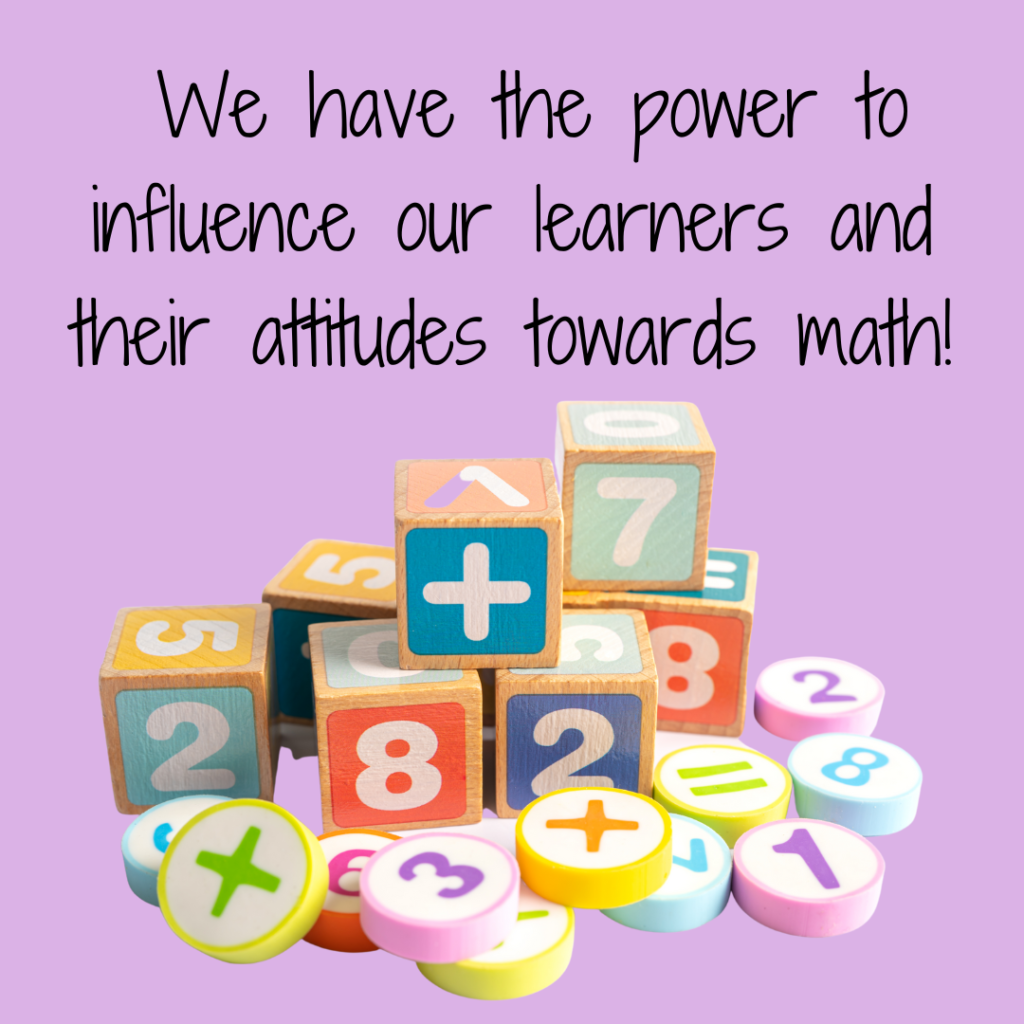
What is your experience with math anxiety? What methods have you used to help alleviate math anxiety for yourself – or for a learner?
Tools I’ve created:
- Math Fact Fluency Strips with Answers provides a quick guide for students to look up math facts. Reducing the stress of quick fact recall may lead to greater success in learning math concepts AND improved fact fluency through repeat exposure to math facts.
- Multiplication on the Number Line reference sheet provides a reusable strategy for students to figure out multiplication facts!
